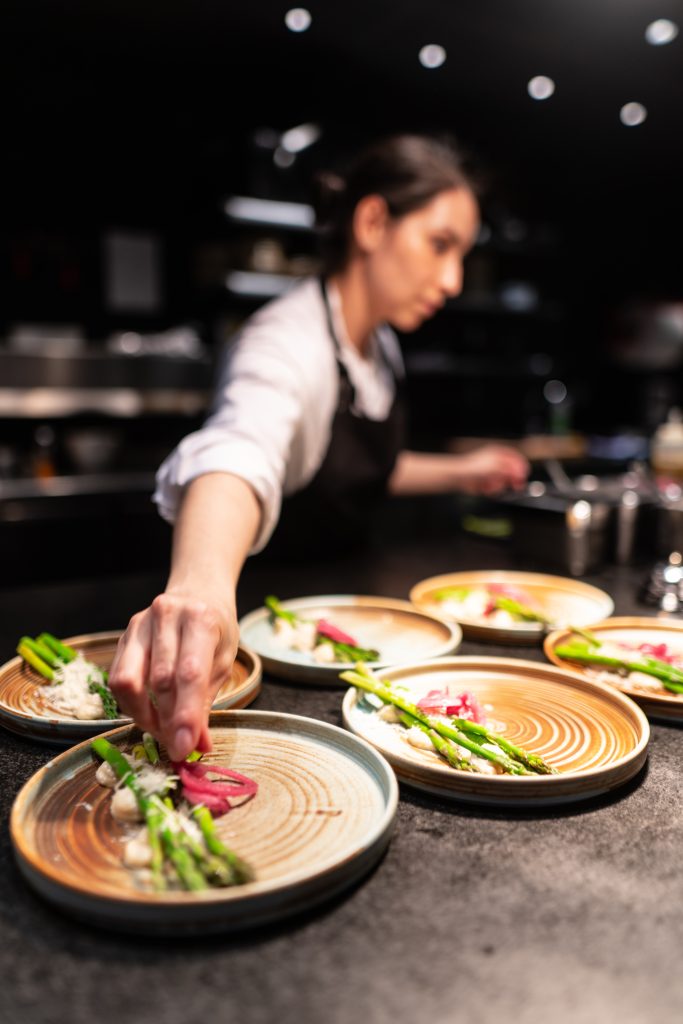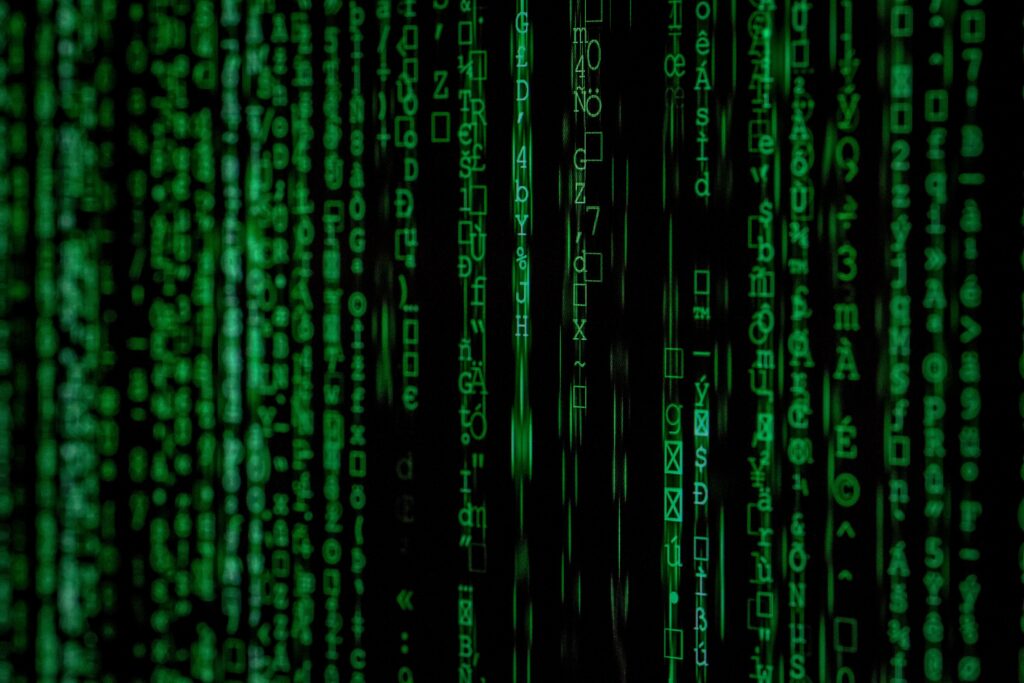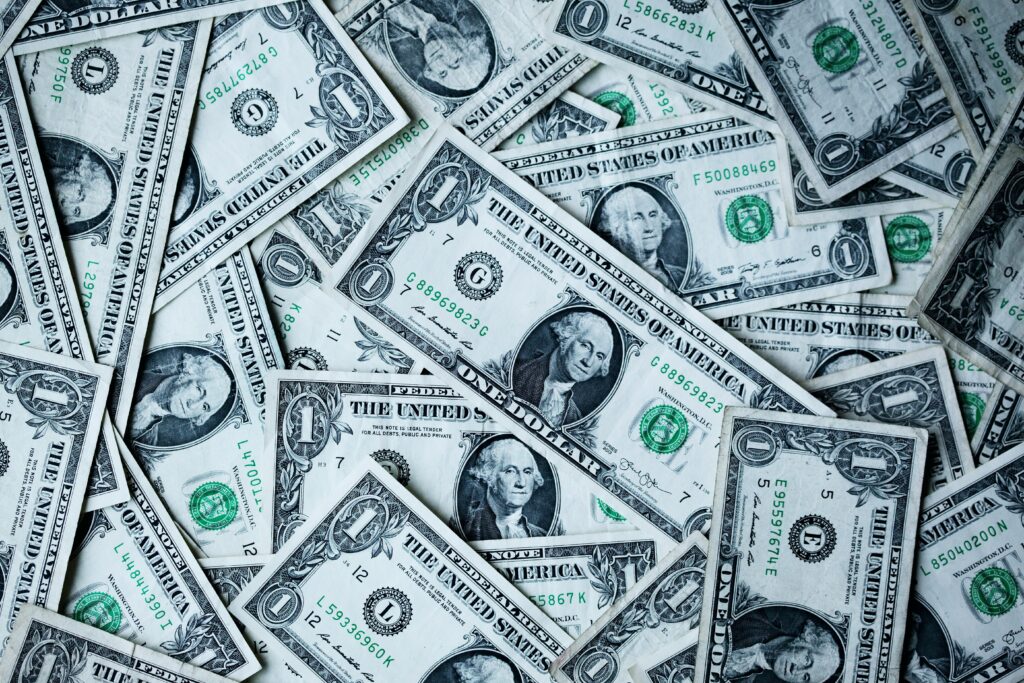
Why Restaurants Are Paying Vendors With Digital Payments
by The Ottimate Editorial Team
Any restaurant owner or operator who has dealt with paper invoices knows tracking, recording, and paying invoices by hand can be a time-consuming headache. To address the inefficiencies in this process, restaurant owners and operators have turned to accounts payable (AP) automation and digital payments. An automated invoice processing system allows restaurant operators to spend less time with paper invoices, and more time on restaurant operations or working on the guest experience.
However, the benefits of AP automation don’t just apply to the initial digitization, transcription, and routing of invoices through the accounting process.
To leverage the full benefits of an invoice processing system, you need to also consider the last step in the process: paying vendors. With an automated AP system, because the invoice is already in your system, you can use the same platform to send digital payments to vendors and provide even more efficiencies to your business.
Digital payments to vendors, as opposed to a paper check put in the mail, are a growing trend in the restaurant industry. Understanding the requirements and benefits of a digital payment ecosystem can help you decide if your restaurant business should consider using digital payments.
Necessary Innovation: Industry Shift Toward Digital Payments
While there has been momentum in the digital payments space for years, the COVID-19 pandemic prompted a massive change.
Previously, many AP departments recorded vendor invoices manually, cross-checked numbers by hand in multiple systems, and sent payments via paper check.
At the beginning of the pandemic, in an extremely short period of time, in-person office teams pivoted to become remote work from home (WFH) teams. Even when restaurants still had back-of-house and front-of-house teams working in person, many operations and accounting personnel were limited.
Restaurant accounting teams were faced with the challenge of figuring out how to leverage technology to send payments in a WFH world. To track accounts payable obligations, record cash flows, and make payments, accounting teams needed to make a shift to the digital payment ecosystem.
The pandemic may have prompted a shift in the industry, but a look at the data indicates the trend may be here to stay — providing benefits for both restaurants and vendors.

Why Choose Digital Payments?
A look at some of Ottimate’s data insights in April 2021 showed that, although on the route to recovery, the volume of invoices processed through Ottimate hadn’t yet reached pre-pandemic volumes. However, the dollar value of ACH payments processed by the Ottimate platform had started setting records during the third quarter of 2020, and that trend had continued ever since.
Why are AP teams and vendors turning to virtual payments? Virtual payments cover a range of payment options, from ACH to virtual cards that earn cash back revenue. These options can replace a scheduled paper check run and eliminate much of the manual paperwork.
Some restaurants may have initially moved to digital payments because of office constraints or social distancing rules. By looking at a comparison between the manual payment process and digital payments, there are a number of advantages for virtual payments.
Less Cost Than Manual Payments
Conventional paper checks for vendors may seem standard practice in the industry, but they come with many hidden costs. Sending checks in the mail incurs the cost of postage, as well as the time it takes for your team to manually send the paper checks and record the transaction.
After payment is sent, you need to wait for payment to post, all while ensuring that the cash balance of your account is ready for it. A successful transaction relies on the check getting to the right party, getting applied to the right account, and payment posted at the right time.
By comparison, digital payments don’t cost money to send (in fact, with a virtual card, you may even earn cashback — more on that below). A digital payment posts almost immediately, and if there are any questions, the digital trail attached to the invoice and payment shows exactly where payment is being applied.
More Efficiency and Less Risk
With a digital payment ecosystem, as opposed to manual paper checks, payments no longer take weeks. A digital payment can be sent and received in one or two days, and it is more likely to be correctly categorized in the right account.
Overall, the added efficiency in the system allows restaurants to pay vendors faster, without the risk of mismanaging cash flow at the wrong time. For both the sender and the receiver, there are fewer opportunities for miscommunication and errors.
Additional Accuracy
With paper checks, the accounts payable department would need to complete many verification processes to prevent human error. From manually coding invoices to scanning them into a system and re-checking for accuracy, there were many steps for each invoice to even get to the point of processing payment. While many of these steps added accuracy to the process, this security came with a high price tag for time and resources.
In comparison, digital payments allow for a digital audit trail that provides consistency while maintaining efficiency. Invoice processing systems automatically check for duplicate invoices and verify payment amounts against invoice totals (the same work that would previously be done by hand). Approvals for payment are automatically routed through the platform, and if there are any questions, the team can reference source documents connected to each invoice.
With this kind of system efficiency, your AP team members are able to focus on bigger-picture tasks, like monitoring invoice trends and working with data to provide business insights.
Increased Security for Online Payments
Virtual cards (sometimes referred to as vCards) are a tool within vendor payments that reinvents a corporate card for secure online payments.
A vCard is a randomly-generated 16-digit number that can be used in card payment portals. This number is linked to your credit card account, rather than a physical credit card. It is used for transactions, just like a normal physical card. However, once it is used for a specific transaction, the number can’t be used again (unless designated for a multi-use transaction).
The technology behind virtual cards adds a layer of protection between your card account information and a potential thief. Virtual cards mask your actual account numbers with a randomly-generated 16-digit vCard number that is typically only used for one purpose. If this number was compromised because of identity theft, the other contents of your account wouldn’t be affected.
With this safety mechanism, you can better protect your account, and you can also save your team the hassle of replacing every single payment detail if any one of your accounts is compromised.
Benefits of Cashback
Many vCards now offer cashback rewards for your restaurant. With a virtual card that offers cashback rewards, you can not only avoid the cost of postage and printing, but also create a small source of revenue that adds up over time.
Paying your invoices from inside your bill pay platform with your virtual cards can allow you to earn cash back faster than what you would normally charge on your conventional “petty cash” credit card. These rebates can make a difference to your working capital, especially for small businesses.

Why Vendors Are Also Choosing Digital Payments
More and more vendors are becoming interested in digital payments, strengthening the entire digital payment ecosystem as a whole.
For Ottimate users, vendors need to be part of Ottimate’s VendorPay network to accept payments with virtual cards. Vendors choose this because they get paid faster, and payments are more likely to be on time. In exchange, vendors pay a transaction fee, and a portion of this fee is passed to the cardholder as cashback (described above).
Of course, as a technology solution, we don’t just offer digital payment options and leave restaurants to figure out if it works for their vendors. At Ottimate, we have an internal team dedicated to working with vendors and enrolling them in digital payments. For vendors from Freshpoint and WorldWide Produce to Ecolab, our VendorPay ecosystem is continuously growing more diverse and robust for restaurants.
Conclusion
Streamlining your accounts payable process involves adding efficiencies into every step of the process, including how you pay your vendors. Digital payments provide a less costly, more reliable, and safer alternative to traditional paper checks. It’s no wonder the digital payment ecosystem is growing faster than ever within the restaurant industry.
Interested in leveraging the world of digital payments for your business? We can help integrate your vendor payment process with new innovations in digital payment technology. Reach out to Ottimate today to get a free demo.
Stay up to date on the latest news in AP automation and finance
Related

